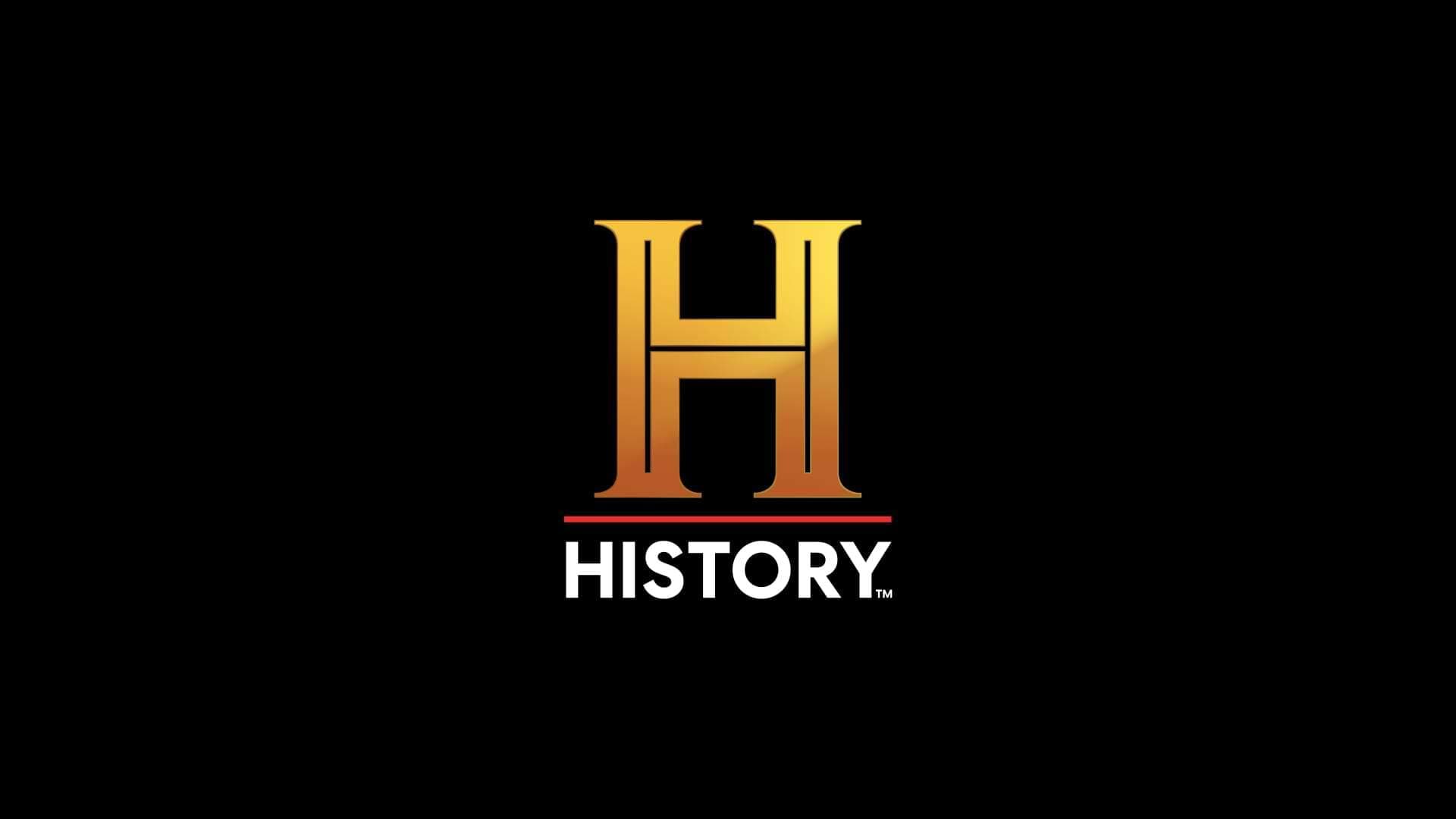In Washington, President Jimmy Carter and Panamanian dictator Omar Torrijos sign a treaty agreeing to transfer control of the Panama Canal from the United States to Panama at the end of the 20th century. The Panama Canal Treaty also authorized the immediate abolishment of the Canal Zone, a 10-mile-wide, 40-mile-long U.S.-controlled area that bisected the Republic of Panama. Many in Congress opposed giving up control of the Panama Canal—an enduring symbol of U.S. power and technological prowess—but America’s colonial-type administration of the strategic waterway had long irritated Panamanians and other Latin Americans.
The rush of settlers to California and Oregon in the mid 19th century was the initial impetus of the U.S. desire to build an artificial waterway across Central America. In 1855, the United States completed a railroad across the Isthmus of Panama (then part of Colombia), prompting various parties to propose canal-building plans. Ultimately, Colombia awarded the rights to build the canal to Ferdinand de Lesseps, the French entrepreneur who had completed the Suez Canal in 1869. Construction on a sea-level canal began in 1881, but inadequate planning, disease among the workers, and financial problems drove Lesseps’ company into bankruptcy in 1889. Three years later, Philippe-Jean Bunau-Varilla, a former chief engineer of the canal works and a French citizen, acquired the assets of the defunct French company.
By the turn of the century, sole possession of the proposed canal became a military and economic imperative to the United States, which had acquired an overseas empire at the end of the Spanish-American War and sought the ability to move warships and commerce quickly between the Atlantic and Pacific oceans. In 1902, the U.S. Congress authorized purchase of the French canal company (pending a treaty with Colombia) and allocated funding for the canal’s construction. In 1903, the Hay-Herran Treaty was signed with Columbia, granting the United States use of the territory in exchange for financial compensation. The U.S. Senate ratified the treaty, but the Colombian Senate, fearing a loss of sovereignty, refused.
In response, President Theodore Roosevelt gave tacit approval to a Panamanian independence movement, which was engineered in large part by Philippe-Jean Bunau-Varilla and his canal company. On November 3, 1903, a faction of Panamanians issued a declaration of independence from Colombia. The U.S.-administered railroad removed its trains from the northern terminus of ColÓn, thus stranding Colombian troops sent to crush the rebellion. Other Colombian forces were discouraged from marching on Panama by the arrival of the U.S. warship Nashville.
On November 6, the United States recognized the Republic of Panama, and on November 18 the Hay-Bunau-Varilla Treaty was signed with Panama, granting the United States exclusive and permanent possession of the Panama Canal Zone. In exchange, Panama received $10 million and an annuity of $250,000 beginning nine years later. The treaty was negotiated by U.S. Secretary of State John Hay and Bunau-Varilla, who had been given plenipotentiary powers to negotiate on behalf of Panama. Almost immediately, the treaty was condemned by many Panamanians as an infringement on their country’s new national sovereignty.
In 1906, American engineers decided on the construction of a lock canal, and the next three years were spent developing construction facilities and eradicating tropical diseases in the area. In 1909, construction proper began. In one of the largest construction projects of all time, U.S. engineers moved nearly 240 million cubic yards of earth and spent close to $400 million in constructing the 40-mile-long canal (or 51 miles long, if the deepened seabed on both ends of the canal is taken into account). On August 15, 1914, the Panama Canal was inaugurated with the passage of the U.S. vessel Ancon, a cargo and passenger ship.
During the next seven decades, the United States made a series of concessions to Panama, including regular increases in annual payments, the building of a $20 million bridge across the canal, and equal pay and working conditions for Panamanian and U.S. workers in the Canal Zone. The basic provisions of the 1903 treaty, specifically the right of the United States to control and operate the canal, remained unchanged until the late 1970s. In the 1960s, Panamanians repeatedly rioted in the Canal Zone over the refusal of U.S. authorities to fly the Panamanian flag and other nationalist issues. After U.S. troops crushed one such riot in 1964, Panama temporarily broke off diplomatic relations with the United States.
After years of negotiations for a new Panama Canal treaty, agreement was reached between the United States and Panama in 1977. Signed on September 7, 1977, the treaty recognized Panama as the territorial sovereign in the Canal Zone but gave the United States the right to continue operating the canal until December 31, 1999. Despite considerable opposition in the U.S. Senate, the treaty was approved by a one-vote margin in September 1978. It went into effect in October 1979, and the canal came under the control of the Panama Canal Commission, an agency of five Americans and four Panamanians.
On September 7, 1977, President Carter had also signed the Neutrality Treaty with Torrijos, which guaranteed the permanent neutrality of the canal and gave the United States the right to use military force, if necessary, to keep the canal open. This treaty was used as rationale for the 1989 U.S. invasion of Panama, which the saw the overthrow of Panamanian dictator Manuel Noriega, who had threatened to prematurely seize control of the canal after being indicted in the United States on drug charges.
Democratic rule was restored in Panama in the 1990s, and at noon on December 31, 1999, the Panama Canal was peacefully turned over to Panama. In order to avoid conflict with end-of-the-millennium celebrations, formal ceremonies marking the event were held on December 14. Former president Jimmy Carter represented the United States at the ceremony. After exchanging diplomatic notes with Panamanian President Mireya Moscoso, Carter simply told her, “It’s yours.”
